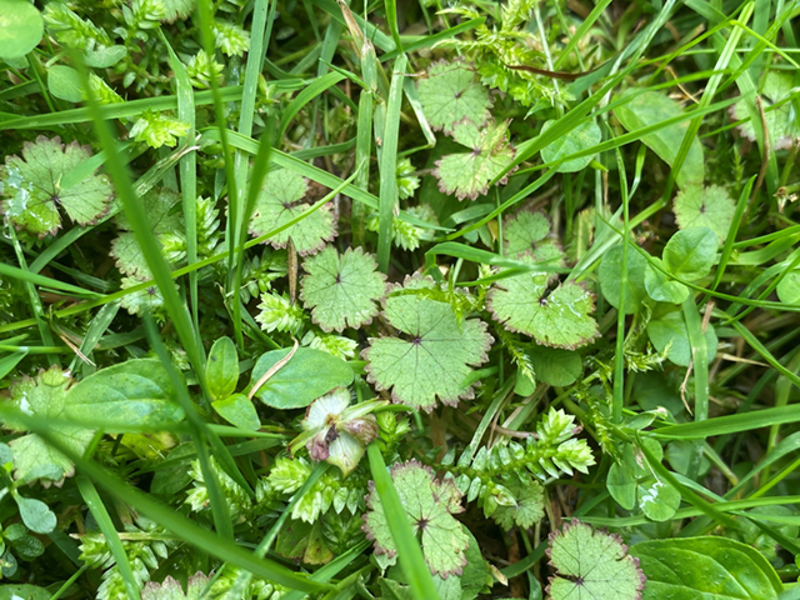Yates Account
Join now
Create a Yates account today!
Sign up to join the Yates Garden Club for monthly e-mails packed with seasonal inspiration, tips for success & exclusive promotions.
Plus if you’re a Garden Club member you can take part in the Yates Growing Community - a blog to share successes, get advice & win prizes in fun challenges along the way!

Forgot password
Enter the email address associated with your account, and we'll email you a new password.
Hydrocotyle spp.

What is Hydrocotyle?
Hydrocotyle belongs to a worldwide family that includes lots of perennial pennywort species, which thrive in damp conditions. It might surprise you to find out that the weediest local branch of the hydrocotyle family are New Zealand natives that make themselves at home in lawns.
There are a few main species with slightly different leaves, but there’s a definite family resemblance that helps identify them. Hydrocotyle leaves are quite tiny, usually about 1cm across, spreading through lawn grass on creeping ‘stolons’ or root-forming stems.
Hydrocotyle is pretty tough and can survive being sprayed with most selective herbicides. For this reason, we recommend Yates Hydrocotyle Killer as the best control – the active ingredient, triclopyr, is very effective against hydrocotyle species.
Because hydrocotyle loves damp, shaded lawns, improving drainage and pruning to let in more light can really help to suppress it.
How to identify Hydrocotyle
The species pictured above is Hydrocotyle moschata, which has a ‘hairy’ leaf and serrated leaf edges (the dark leaf edges help to ID it, but they don’t always have them).
There are a couple of other commonly found species with the same distinctive leaf shape, but you can tell them apart by their smoother looking leaves. If the leaves are a yellowish green colour and shiny, it could be Hydrocotyle heteromeria, commonly known as waxweed.
There’s also a non-native species established in the upper North Island, Hydrocotyle tripartita, that has similar serrated leaf edges, but split into three separate lobes.
The best news is that no matter which hydrocotyle species you have sneaking through your lawn, Yates Hydrocotyle Killer will get rid of it.















Share
Share this article on social media